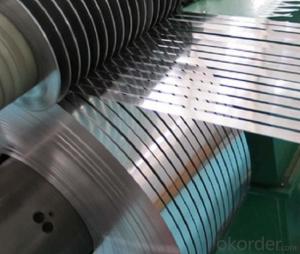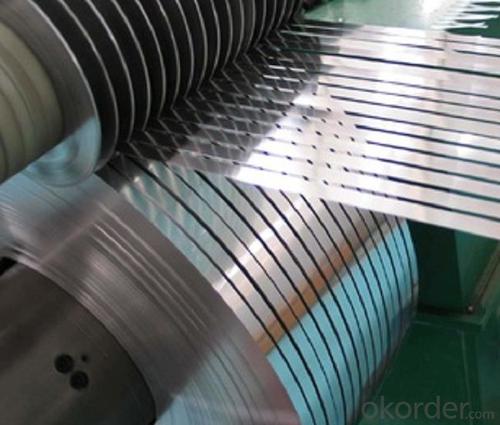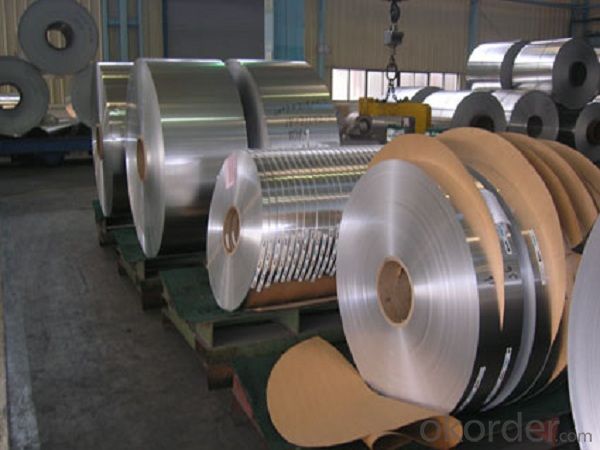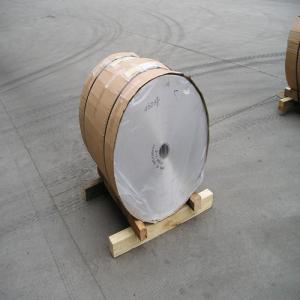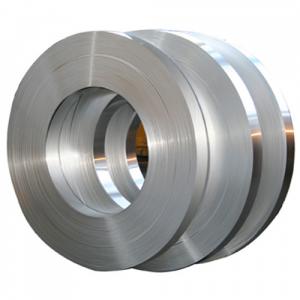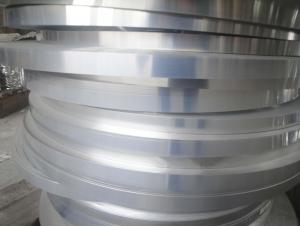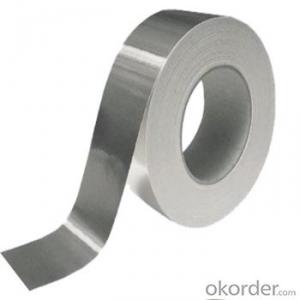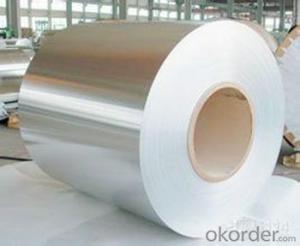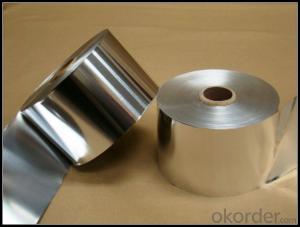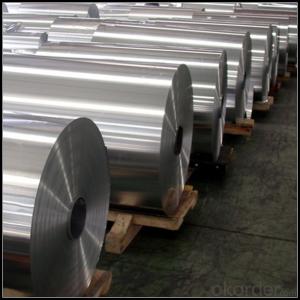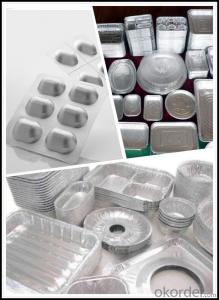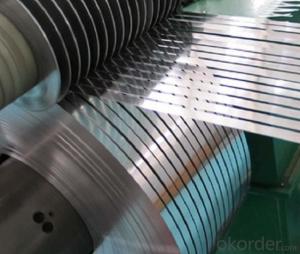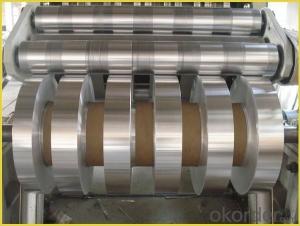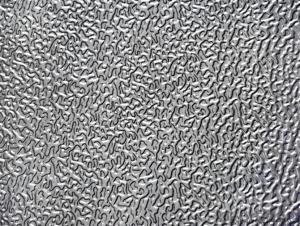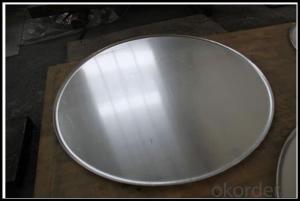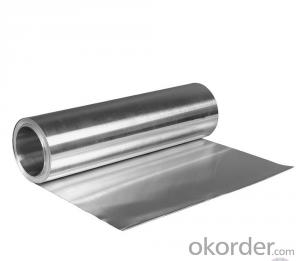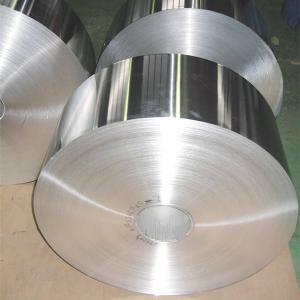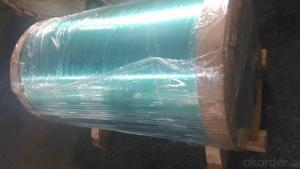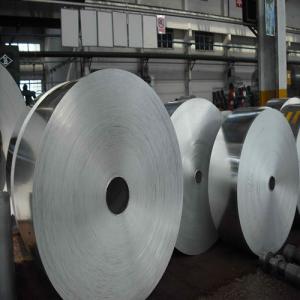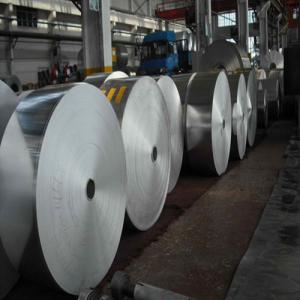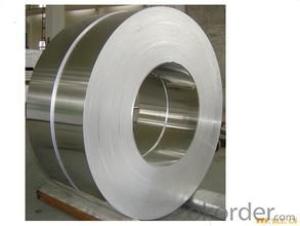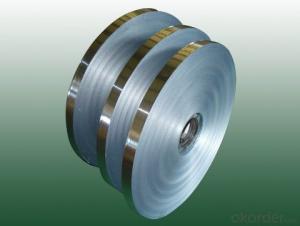Aluminum Flat Strips 1060 with Surface Filmed for Refrigerators
- Loading Port:
- Shanghai
- Payment Terms:
- TT OR LC
- Min Order Qty:
- 2.5
- Supply Capability:
- 5000 m.t./month
OKorder Service Pledge
OKorder Financial Service
You Might Also Like
Specification
1060 Aluminium Strip with Surface Filmed for Refrigerators
l Specification
Product | Aluminium Strip | ||
Alloy | 1100, 1145, 1050, 1060, 1070, 3003, 3013, 3005, 3A21, 4343, 4045, 5052, 5082, 5083, 5086, 6061, 8011etc. | Temper | H12. H14. H16. H18. H22. H24. H26. H32. H34. H36. H38. O etc. |
Thickness | 0.06mm-6.0mm | Width | 5mm-900mm |
Coil Weight | At clients' request | ||
Package | Eye to sky and eye to wall both available | ||
Inner core Diameter | 76mm, 505mm, paper core or steel coil is availbale, also we can make no core inside | ||
Applications | Gutter, constructions, decorations, air conditioning and radiators etc. | ||
l Packaging & Delivery
Packaging detail: wooden pallets that are suitable for long distance exporting
Delivery detail: 25-30 days after receiving L/C or payment in advance
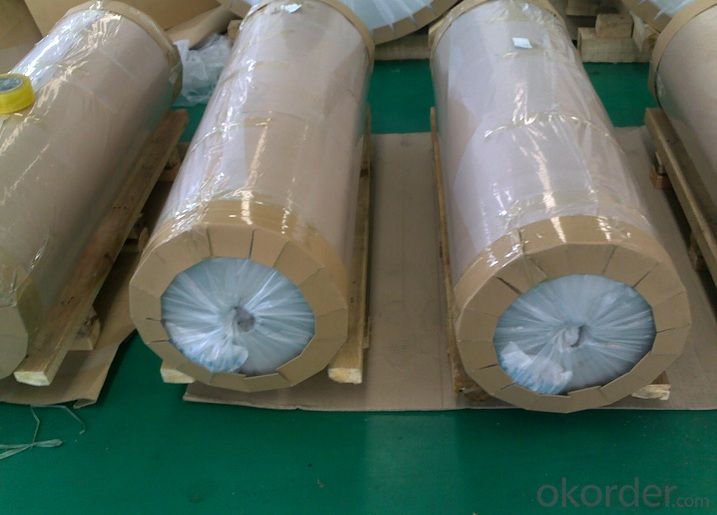
l Company Profile
CNBM International Corporation, China National Building Materials (Group) Corporation, is one of the largest companies in China building material & equipment industry, with 42,800 employees and sales in 2005 of US Dollar 4.395 billion. In 2006, China National Building Material Company Limited was listed on Hong Kong Stock Market with the stock code as 3323. Aluminium strip is a popular product in CNBM. With best quality and service, we have won reputation around the world.. |
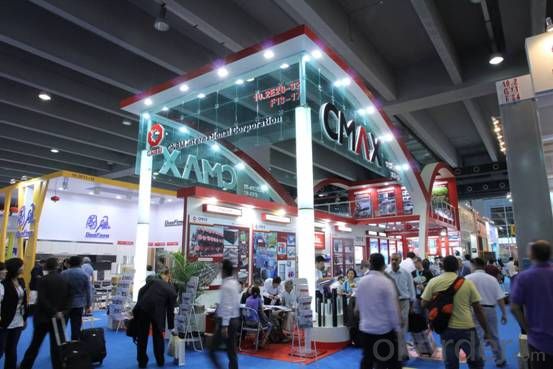
l CNBM World Wide
l Product Images
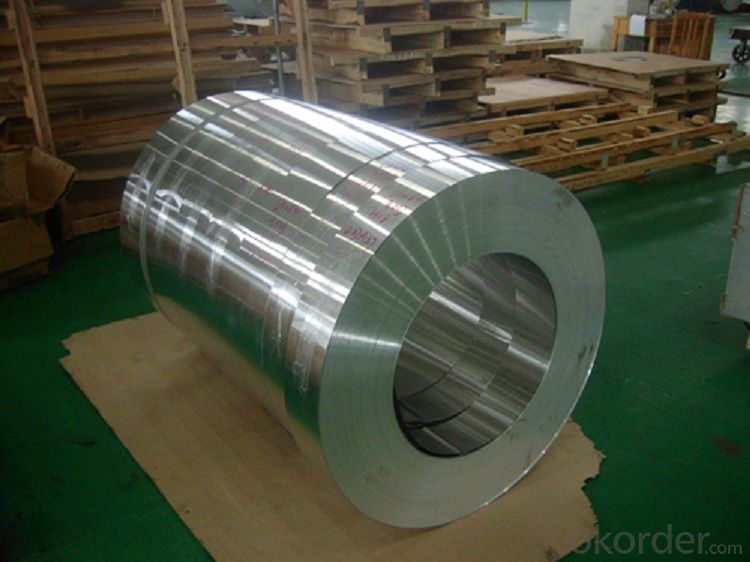
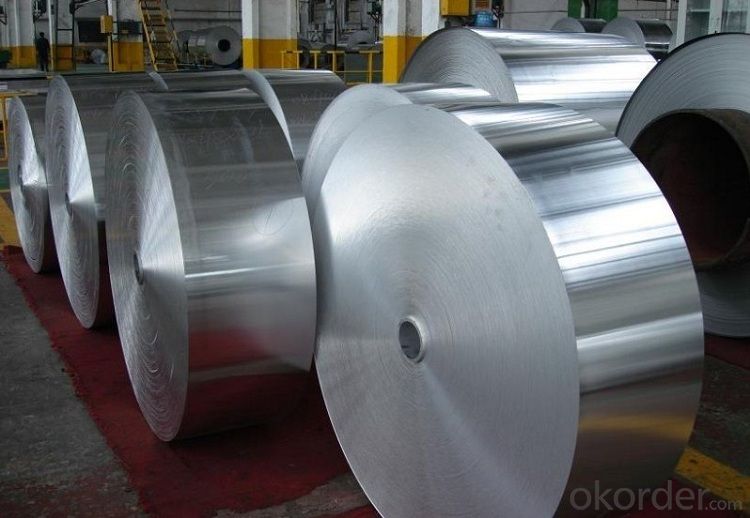
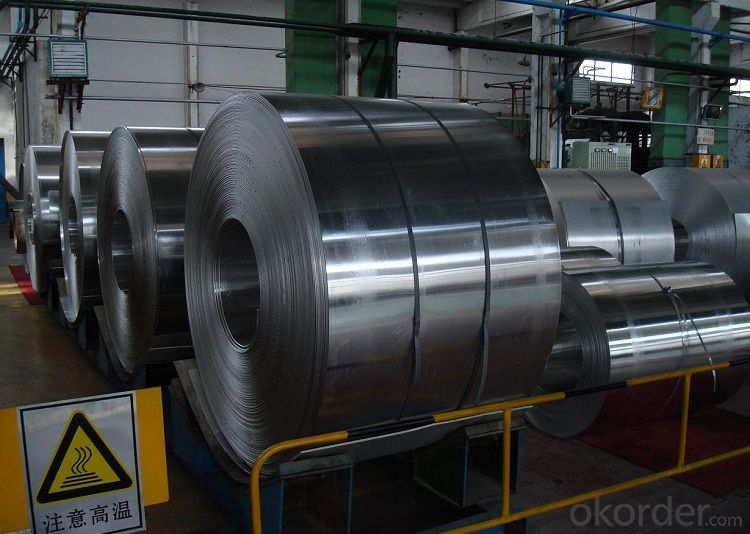
l Certificates
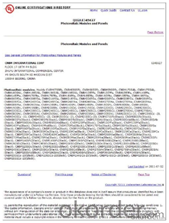
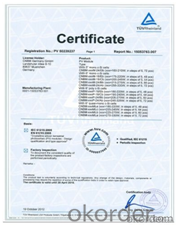
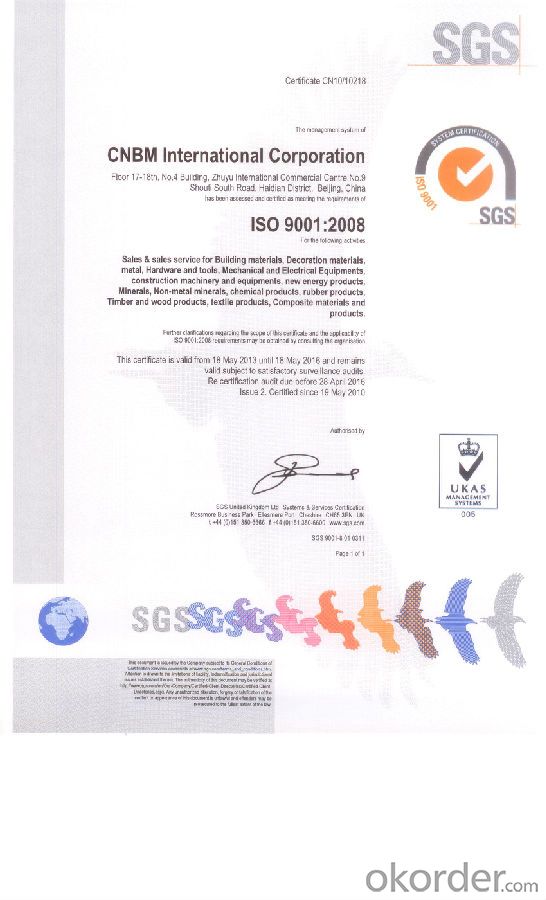
l FAQ
Q: Do you provide free samples?
A: Yes, free samples will be sent to you on freight at destination.
Q: Can I get your latest products catalogue?
A: Yes, it will be sent to you in no time
Q: What is the MOQ?
A: 2.5 tons
Q: What are your payment terms?
A: We accept L/C, T/T.
- Q: Aluminium belt car
- Automobiles are machines of high speed. In order to give their performance the best, people prefer to improve their roads to adapt to cars rather than re - adapt them to bad roads. Now some people are interested in track cars, keen on retro, playing games and satisfying personal needs. 3 、 tracks are now used on slow tractors and tanks. In order to improve the speed of the military, or the use of wheeled armored personnel carriers.
- Q: Is it possible to use aluminum strips as a material for indoor flooring or wall cladding?
- <p>Yes, aluminum strips can be used for both indoor flooring and wall cladding. They are lightweight, durable, and resistant to corrosion, making them suitable for various interior applications. Aluminum strips are also easy to install and maintain, and they can provide a modern, sleek look to any space. However, it's important to consider the specific requirements of your project, such as load-bearing capacity, thermal insulation, and aesthetic preferences, to ensure that aluminum strips are the right choice for your needs.</p>
- Q: How to use batteries, magnets, cans of aluminum belt to make a rotating aluminum belt device, please explain
- The middle part of the penholder is fixed with 2 high strength magnets. When we turn the magnet, we can turn the cans on the left to rotate together.
- Q: This question asks about the uses of aluminum strips within the construction industry.
- <p>Aluminum strips are widely used in construction due to their strength, durability, and resistance to corrosion. They are commonly used in the manufacturing of window and door frames, as they are lightweight and provide excellent thermal insulation. Aluminum strips are also used in the construction of scaffolding, roofing, and cladding systems due to their high strength-to-weight ratio and ease of installation. Additionally, they are employed in electrical wiring as conduits and in the framing of structural components due to their non-magnetic and non-sparking properties, making them safe for use around electrical equipment.</p>
- Q: What types of aluminum alloys have higher tensile strength compared to others?
- <p>Yes, certain aluminum alloys exhibit superior tensile strength compared to others. For instance, 7075 aluminum alloy, known for its high strength, is often used in aerospace applications. It has a tensile strength of around 524 MPa. Another strong alloy is 2024, which is used in aircraft structures and has a tensile strength of about 425 MPa. These alloys achieve their strength through heat treatment and alloying elements like copper, magnesium, and zinc, which enhance their mechanical properties.</p>
- Q: What unique considerations must be taken into account when storing and transporting aluminum strip stock?
- <p>Yes, there are special requirements for storing and transporting aluminum strip stock. Aluminum is sensitive to moisture and can corrode, so it must be kept dry. It's also important to avoid scratches and dents, which can occur if the material is mishandled. Aluminum strip stock should be stored in a clean, dry environment, away from chemicals that could cause corrosion. When transporting, it should be secured to prevent movement that could lead to damage. Protective coverings or wrappings are often used to shield the material from the elements and potential physical impacts.</p>
- Q: What types of aluminum strip are best suited for cold climate applications?
- <p>Yes, there are specific types of aluminum strip designed for use in cold climates. These include high-strength aluminum alloys such as 7075 and 6061, which maintain their strength and ductility at low temperatures. Additionally, aluminum strips with a special surface treatment or coating can resist corrosion and maintain performance in cold environments. It's crucial to select aluminum strips with good thermal conductivity and low thermal expansion to prevent warping or breaking in extreme cold. Always consult with material specialists to choose the most suitable aluminum strip for your specific cold climate application.</p>
- Q: Is it possible to use aluminum strips as a material for exterior wall cladding?
- <p>Yes, aluminum strips can be used for exterior cladding. They are known for their durability, resistance to corrosion, and low maintenance requirements. Aluminum cladding is lightweight, which makes it easier to install compared to heavier materials. It also offers excellent weather resistance and can be painted or finished in various ways to enhance the appearance of a building. Additionally, aluminum is a sustainable choice as it can be recycled, contributing to environmental sustainability.</p>
- Q: This question asks about the differences between aluminum and stainless steel in terms of their ability to resist corrosion.
- <p>Yes, there are differences between aluminum and stainless steel in terms of corrosion resistance. Aluminum is highly resistant to corrosion due to the formation of a protective oxide layer on its surface, which prevents further oxidation. This makes it suitable for environments with high moisture or exposure to corrosive substances. Stainless steel, on the other hand, also has good corrosion resistance, especially when it contains higher amounts of chromium, which forms a passive film that protects the metal from corrosion. However, stainless steel can be more susceptible to corrosion in certain environments, such as those with chlorides, compared to aluminum.</p>
- Q: This question asks for a method to measure the width of aluminum strips.
- <p>To measure the width of aluminum strips, you can use a digital caliper or a micrometer, which are precise measuring tools. Place the strip between the jaws of the caliper and ensure it is aligned with the jaws' edges. Take the measurement at the widest point of the strip. If a caliper isn't available, you can use a ruler or tape measure, but this may be less accurate. For consistent measurements, measure the strip at multiple points to account for any variations in width.</p>
Send your message to us
Aluminum Flat Strips 1060 with Surface Filmed for Refrigerators
- Loading Port:
- Shanghai
- Payment Terms:
- TT OR LC
- Min Order Qty:
- 2.5
- Supply Capability:
- 5000 m.t./month
OKorder Service Pledge
OKorder Financial Service
Similar products
Hot products
Hot Searches
Related keywords
